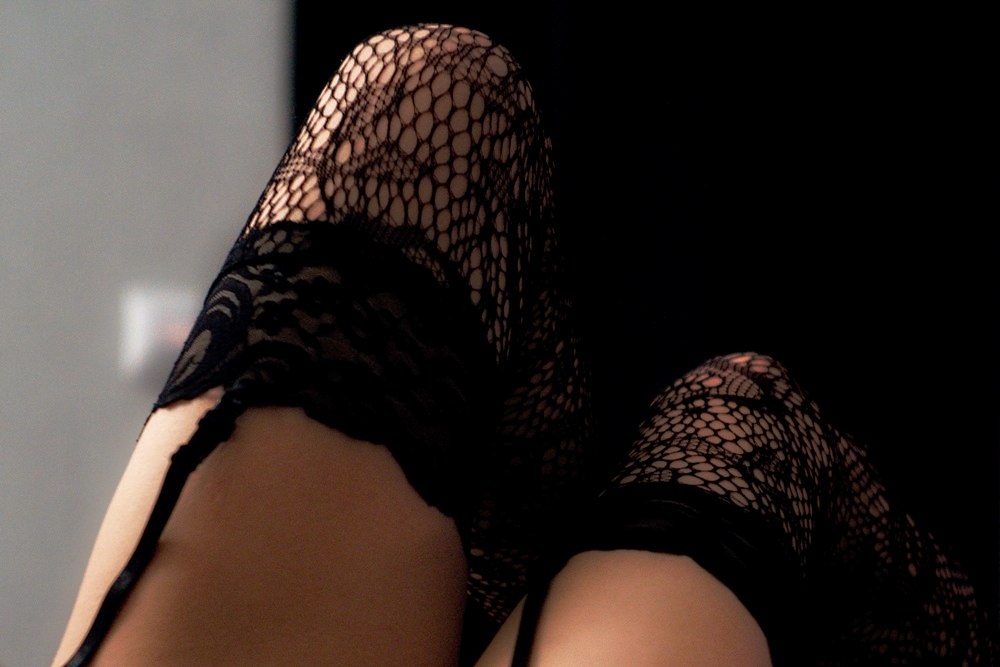
Boudoir photography, characterized by its intimate nature, aims to capture romantic, sensual, and sometimes erotic images. This style of portrait photography requires a respectful and tasteful representation of the subject, making it a unique and specialized field. Embarking on a boudoir photography career involves navigating challenges such as choosing the right lens and mastering lighting setups. The following beginner's guide to boudoir photography compiles valuable insights gained through numerous photoshoots to enhance the overall results.
Building Trust and Relaxation
Establishing trust and creating a relaxed atmosphere for clients are critical elements in achieving stunning boudoir photos. Clients often respond positively when they feel comfortable and at ease during the photoshoot, making it essential for a successful boudoir photography session.
Choosing the Right Lens
Boudoir photography predominantly occurs indoors, often in smaller spaces like bedrooms. The choice of lens becomes crucial in such settings. Opting for a versatile zoom lens, like a 24-70mm, provides flexibility in capturing various perspectives within confined spaces. Balancing wider angles, such as 35mm, for overall shots and longer focal lengths, like 75mm, for detailed close-ups, ensures a comprehensive approach to boudoir photography.
Selecting a Well-Lit Location
The significance of lighting in boudoir photography cannot be overstated. Inadequate lighting can result in grainy photos, while the use of direct flash may create undesirable shadows and red-eye effects. Choosing locations with ample ambient lighting is advisable for beginners. In cases where natural light is insufficient, employing an external flash bounced off walls or ceilings can produce softer, more natural-looking illumination.
Capturing Natural-Looking Photos
The ultimate goal in boudoir photography is to deliver high-quality, natural-looking photos. Achieving this involves allowing clients to experiment with different poses and outfits. The selection process, retouching in software like Adobe Photoshop, and exploring various wardrobe choices contribute to the creation of a collection that reflects the client's best self.
Related Insights
Putting client's boudoir photos in your portfolio requires written consent from the client due to privacy considerations and legal regulations. Adhering to privacy laws and respecting client boundaries is essential in the boudoir photography business. In most cases, clients prepare the location themselves. However, if assistance is required, preparing the space akin to setting up a romantic bedroom is a thoughtful approach. Clear communication with the client ensures alignment with their preferences. The duration of a boudoir photography session varies based on factors such as outfit changes, hair and makeup requirements, and location shifts. For example, a session with a boudoir photographer in Michigan can span from 1 to 3 hours allowing for a comprehensive, unhurried experience.
This beginner's guide provides valuable insights to kickstart a boudoir photography career, even for those on a budget. Emphasizing the significance of the right lens and strategic lighting choices, it lays the foundation for creating captivating and tasteful boudoir images.
EDITORIAL POLICY
The Flash List is dedicated to providing trustworthy editorial content by maintaining strict ethical standards, journalistic integrity, and credible professionalism regardless of any remuneration as working media. The Flash List is not affiliated with third-party companies mentioned and makes no endorsement or guarantee expressed or implied. The preceding article, which contains affiliated link(s) for which compensation was received, is intended for informational reference only and does not constitute advice of any kind. Moreover, a qualified professional should be consulted regarding any lifestyle consideration, medical treatment, or monetary transaction, etc. Content is published in accordance with USFTC regulations and terms and conditions.
MORE ON THE FLASH LIST
































